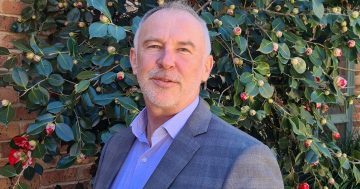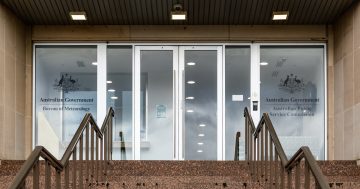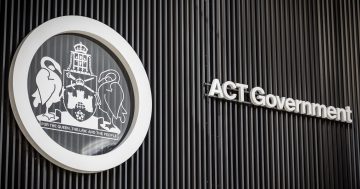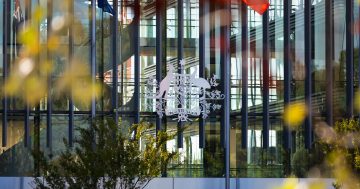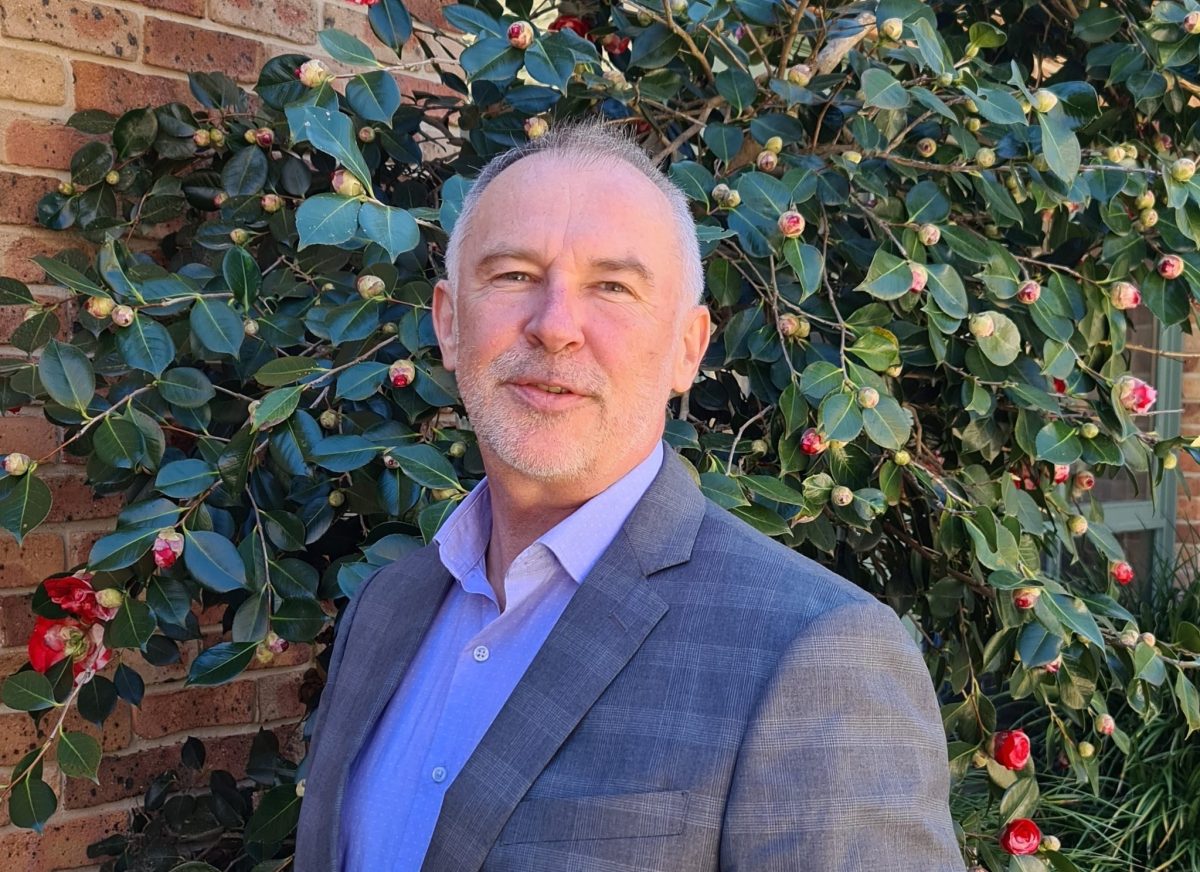
APS Commissioner Gordon de Brouwer says the State of the Service Report shows improvements over perceptions of bullying and harassment in the APS, but adds that there’s more work to do in that regard. Photo: APSC.
Employee perceptions of bullying and harassment in the Australian Public Service are at their lowest level in more than a decade, except among those working in small agencies of between 101 and 250 people.
The 2025 APS Employee Census data, included in the latest State of the Service Report from the APS Commission, shows that perceptions of bullying and harassment in the APS decreased by a full percentage point to 9.5 per cent from 10.5 per cent in 2024.
That is the lowest level recorded since the employee census began in 2012.
But while workers in large agencies (1,001 to 10,000 employees), medium agencies (251 to 1,000) and extra-small agencies (20 to 100 employees) recorded overall drops in bullying and harassment, those in small agencies (101 to 250) had a slight increase.
The percentage of respondents to the survey from those in small agencies who perceived bullying or harassment in their workplaces rose to 10.3 per cent in 2025 from 9.9 per cent in 2024.
There were significant drops in perceptions of bullying and harassment across numerous small agencies, but the overall number rose due to notable spikes.
At the Royal Australian Mint, employee perceptions of bullying and harassment jumped from 12.1 per cent last year to 17.4 per cent this year.
At the Australian Institute of Aboriginal and Torres Strait Islander Studies, they rose from 16.3 per cent in 2024 to 18.7 per cent this year.
And at the Great Barrier Reef Marine Park Authority, they spiked from 15.8 per cent to 20.0 per cent over the same period.
Alarmingly, employee perceptions of bullying and harassment at the Australian Institute of Family Studies more than doubled from 5.2 per cent in 2024 to 12.1 per cent in 2025.
Slight rises in bullying and harassment were recorded in a handful of small APS agencies, as they were in some APS agencies across all sizes.
For the service as a whole, however, the trend is positive, with some standout improvements over the past 12 months.
The figures are all detailed in the State of the Service Report 2024-25, which was tabled in Federal Parliament on Wednesday morning (26 November).
The report is required under the Public Service Act 1999 and is a key mechanism for transparency about the APS and its workforce.
In his foreword, APS Commissioner Gordon de Brouwer said the report shows where the APS is now, in the context of where it has been and where it is headed.
“Overall APS results on census indices for communication, employee engagement, enabling innovation, perceptions of SES leaders, and perceptions of wellbeing policies and support are all up from 2024,” he said.
“Perceptions of bullying and harassment (9.5 per cent) are down a percentage point from last year, even if they remain too high.”
APS agencies reported formal investigations into 93 employees for conduct categorised as corrupt in 2024-25; of those, 78 were found to have breached the APS Code of Conduct.
At 30 June 2025, the APS workforce comprised 198,529 employees working in 102 agencies across 586 locations in Australia, accounting for 1.36 per cent of the Australian labour force.
Non-ongoing numbers of the APS workforce totalled 14,087; full-time employees were 167,797; part-time employees were 22,985; and casual employees were 7747.
The May federal election saw a temporary workforce of 99,000 employees added at more than 7200 polling places across the country.
The APS engagement rate (14.6 per cent), mobility rate (10.5 per cent) and separation rate (6.4 per cent) over the year to 30 June were all lower than the previous year.
The proportion of APS employees in the ACT continues to decline, now standing at 35.4 per cent, a 1.5 percentage-point decrease from the previous year.
The proportions of APS employees grew in other capital cities (up 1.4 per cent to 51.3 per cent) and in regional areas (up 0.3 per cent to 12.6 per cent).
The proportion of APS employees based overseas remained steady at 0.8 per cent.
The report shows 111 First Nations leaders serving in Senior Executive Service positions across the APS in 2025.
Culturally and Linguistically Diverse (CALD) representation in the SES is 11.8 per cent, still a long way from the government’s 24 per cent benchmark.
In December 2024, the APS achieved its lowest recorded gender pay gap of 4.4 per cent, based on annualised salaries.
Eighty per cent of APS employees had accessed some form of flexible working arrangements in the year to 30 June 2025.
Original Article published by Chris Johnson on Region Canberra.


